J. B. Jackson, Ordinary Pictures and Zombie Formalism
The New Topographics Approach to Photography
All photos © 2023 by Jim Roche, all rights reserved.
If you scan social media for photos, scan Facebook, Instagram, Twitter, Tumblr, there are these similar-looking photos everywhere. They have that “contemporary art photography” look to them. Usually, they are found in online groups that mention the “New Topographics,” and at least superficially reflect the look and feel of those images. Another popular set are photo groups that mention the edges of things using the word liminal (an edge or transitional space) or man-altered landscape. There are a few dozen of these groups and I’ll admit I have posted in many of them myself and still do to a few. Usually, in these photos there’s lots of empty space, often the photograph documents a light industrial setting or new construction and what looks like random objects are seen scattered here and there. A field with a road just plowed going in the opposite direction of every other line. Or there may just be a wall of a light industrial building with some markings or an odd photo of a pretty average house. Many people would and do say, “they’re boring.” Or they call them ugly pictures because there seems to be so little interest in taking images of beautiful or pretty scenes. But the problem becomes apparent as these photographers are often unwilling, or unable, to comment on their own work. Several groups actually forbid critical comments or questions in their rules. The photographers refuse to answer variations of the question “why did you take an image of that particular tree, wall or object.” I personally take photos that are visually/formally similar, but often these photos seem little more than zombie formalism. The economic currency in this case is likes, hearts, and clapping hand emojis. They are using the form of this genre of photos, but the photos seem to be missing a heart.
These images are influenced by a photo show that took place in the 1970’s (end of the year 1974 into 75). “New Topographics: Photographs of a Man-Altered Landscape,” was an exhibition of contemporary landscape photography held at the George Eastman House's International Museum of Photography (Rochester, New York). I visited there last month from Canada, almost like a religious pilgrimage to me. Alternatively, these photos may look like they’re referring to what’s called the Dusseldorf school of photography, where Bernd and Hilla Becher taught and turned out a dozen great photographers. Sometimes these images are referred to as objective photographs. They are about things, objects. They are devoid of much of the usual emotional mood that we associate with looking at photographs. No feel-good vibes here.
These zombie New Topographics images usually include some orange traffic cones arranged at the edge of a field or parking lot, an old chair left out in the trash, a rusted car covered with vines, some dirty dishes near a sink, or the big catch, a couch left outside with a sign, “Free” written on it. There is also the occasional barn, water tank, silo or grain elevator. But these barns, water tanks, silos and grain elevators are very different than the gain elevators photographers like Baltz or Bernd and Hilla Becher would take photos of. They usually have old painted and faded advertisements on them, often something about them is funny, or worse yet, clever. The word irony comes to mind. Nostalgic would be a good descriptor. On the websites where these are posted there are also encouraging comments (currency): “lucky shot,” “wonderful light,” and “great find!” This sense of competition seems so contrary to the original aims of the New Topographics and Dusseldorf approaches to photography. Many times I read proud statements by a photographer, “I took these all right outside my door. I can take a picture anywhere.” But at the heart of the photographic approach that the originators took (style would be the absolute wrong word to use here) is a philosophical stance that why people take and look at photos matters. And I think we should take another look at the original photographers and pay a little more attention to why and how we take these images of common, mundane, unexciting and modest subjects.
These two groups of photographers have a unique way of looking at things through their cameras, a way of understanding things through photographs of unheroic places, ordinary people and vernacular objects and everyday architecture. And it’s important to them why they take these photos “without style.”
The issue of style was what distinguished the New Topographics photographers from their contemporaries. Emilia Mickevicius, in her short article on the New Topographics show quotes William Jenkin’s introductory essay in the exhibition catalogue describing the photographs as “neutral and reduced to an essentially topographic state, conveying substantial amounts of visual information but eschewing entirely the aspects of beauty, emotion, and opinion… and wondered: was it possible to make pictures without style? The exhibition’s photographers all engaged with this question and pursued it through a variety of means.” Lewis Baltz in his book TEXT described his idea of making a photo without style and this concept remained a critical aspect of this type of photography for years to come. Baltz further states “The conscious attempt to, if not eliminate, at least to minimize the appearance of ‘style’ informed this approach to photography, informed this approach to photography, as did the programmatic rejectionof most of the elements and devices traditionally employed to make the world seem “interesting” in photographs. These choices alone might explain why New Topographics alienated audiences…” The Belchers were essentially making a catalogue, no individual image was what their work was about. Ed Ruscha completed a project called Twentysix Gasoline Stations, and then went on to catalogue images of stores along major highways and streets in southern California, sometimes with a mechanical camera mounted on his vehicle, and sometimes hiring others to take the images. This was described to me as an attempt to remove the author from the process itself. Somewhat like automatic writing, or John Cage throwing dice to figure out the next note in a composition. And then Cathrine Opie, a next generation of photographers, went back, found the sites of many of these images, and took the images again. Again, art without author.
The contemporary-looking photos I initially described above superficially reflect the works of photographers like Robert Adams, Stephen Shore, Lewis Baltz, Frank Deal, John Schott, Bernd and Hilla Becher and others, but somehow lose this key component - avoidance of style or authorship. They are not quiet photos, but clever photos, not objective photos but subjective photos (see how clever I am?) This issue of no style was why these were photos of ordinary, vernacular, common everyday things without the vulgarity of style. These photos were documents as much as art objects, if not more so. I always refer to myself as a documentary photographer in addition to being a landscape photographer to make my intentions clear. These are objective photos. And by being direct, simple, clear, not self-promoting, objective and without style they address the question of why I took this photo of this thing and not another.
J. B. Jackson and Culture
A little before the New Topographics show an interest in the practice of documentation and objectivity was also found in other fields, especially geography. I was lucky that my art school was housed at a university that was the first real graduate school of geography in America, Clark University. In my first classes, I was introduced to two very important writers, J. B. Jackson and Yi-Fu Tuan. I’ll discuss Yi-Fu Tuan in another essay later. Jackson’s research, essays and books focused on understanding the Ordinary American landscape. He wanted to understand the cultural world of ordinary people. Jackson was a teacher at Harvard and Berkley and travelled across the country making remarkable sketches and taking photographs of where people lived, worked and gathered. Yes, they often looked very much like photos from the New Topographics school. His books are full of essays about the simplest of things, like how the idea of individualized homes came to be, how the structure of homes changed over time, how the layout of rooms changed, why the layout of the small gardens in front of the house on a farm is as it is, how people first communed in the churches and village halls which served as the community living room and later moved the living room to the home. Homes became places to sit with others and share thoughts and ideas. All of this change and development addressed the cultural use of the landscape and how a community, over long periods of time, changed and developed. But most important here, Jackson did this research by following the historic pathway of ordinary people. The common and vernacular events, objects and spaces that created family and community life. He didn’t just draw, take photos and map local roads, but was interested in how those roads were interconnected. He always said you understand American life best if you look at it from above. The patterns (interconnected paths) then become visible and meaningful. He draws the eye away for the unusual and heroic scenery (Ansel Adams) and focuses it like a laser on the common, mundane and vernacular.
His most famous essay on this topic is “The Westward-Moving House,” where he tells the history of a fictional family as they move from Europe to the American landscape and over generations, they, along with the way they live in the space, design and make their homes, develop architecture, structure communities, develop a culture derived directly from people’s interaction with the landscape and then continue to change and develop over time. Isn’t all of that part of any good landscape photo?
Often photography that reflects these and similar interests is referred to as “man-altered landscapes,” but this way of thinking wasn’t limited to photography, nor just to the pictorial elements of the photographs. Chris Wilson and Paul Groth write in the introduction to America: Cultural Landscape Studies after J. B. Jackson (2003) that “the built environment,” which is the focus of so much of this photographic work, “was the discovery of everyday built spaces as significant evidence of social groups, power relations and culture by historian, American studies scholars, literary critics, and a growing number of anthropologists, sociologists and social theorists.” They then refer to this as simply, but profoundly, a “way of thinking.” Looking at the vernacular spaces around us is a powerful, political, and critical way to understand ourselves. So are these photos.
No wonder in her comments on the New Topographics movement contemporary photographer Cathrine Opie speaks at length about not just the repetitive nature of the individual images, the consistent themes, the use of techniques to remove authorship and the images themselves as documents as much as pictures, but also about the political, cultural, sociological nature of the images. From her own political stance and identity as a queer photographer, she says these images often reflect “urban planning gone wrong.” But these photos are so much more. She asks about how you can take photos of a planned neighbourhood like she grew up in and not be making a political statement about identity. This is the topic of my photos included in this essay from my series
These photos, through their methodology and subject matter, reflect deep concerns with the cultural nature of being human. They often show us the emptiness of the spaces as a reflection on how we should, or should not, live our lives. My own photos of the exterior and interiors of houses are often, like Opie’s, influenced by a queer sensibility about human relationships, status and most of all identity. All of these things are common references in these photographic works. To see this, just thumb through a copy of the New Topographics catalogue. And like most of the works by photographers in the New Topographics group, or the Dusseldorf School, you will find their photos are meant to make you think, talk, and engage socially. They help us understand, define and hopefully redefine our culture. Anyone trying to take such photos ought to be able to answer “why did you take that photo?”
The above photos are from my project Attributes of North American Domestic Life.
https://www.jimroche.ca/attributes-of-north-american-domestic-life
To see images from the New Topographics Exhibit: New Topographics
https://www.sfmoma.org/exhibition/new-topographics/
A Recent New York Times article about Cathrine Opie, Queerness and Landscape Photography
https://www.nytimes.com/2021/08/18/arts/design/catherine-opie-photography-monograph.html?smid=url-share
A short video by Cathrine Opie on the difficulty of teaching The New Topographics
A concise article about the Belchers and Objectivism.
https://www.tate.org.uk/art/artists/bernd-becher-and-hilla-becher-718/long-look
About the Dusseldorf School
https://www.tate.org.uk/art/art-terms/d/dusseldorf-school-photography
Here is the essay The Westward Moving House It’s J. B. Jackson’s most well known essay, however, it’s just one of many. He created and edited a journal Landscape for many years which might also be of interest to anyone who is drawn to these ideas.
https://placesjournal.org/article/the-westward-moving-house/
A longer article on J B Jackson
https://daily.jstor.org/j-b-jackson-and-the-ordinary-american-landscape/
Yi-Fu Tuan is a social geographer, who also taught at the University of Wisconsin. I first studied his writings when studying in the geography department at Clark University in Massachusetts. I wrote my first paper in the field about my alarm Clock, which just broke, and how I started to keep track of the time and weather by watching the shadows in my living room wall and listening to the elementary children in the schoolyard across the street.
https://en.wikipedia.org/wiki/Yi-Fu_Tuan
There is also his book Topophilia: A Study of Environmental Perceptions, Attitudes, and Values by Yi-Fu Tuan (Author)
Here is a longer and more in-depth video on The New Topographics”




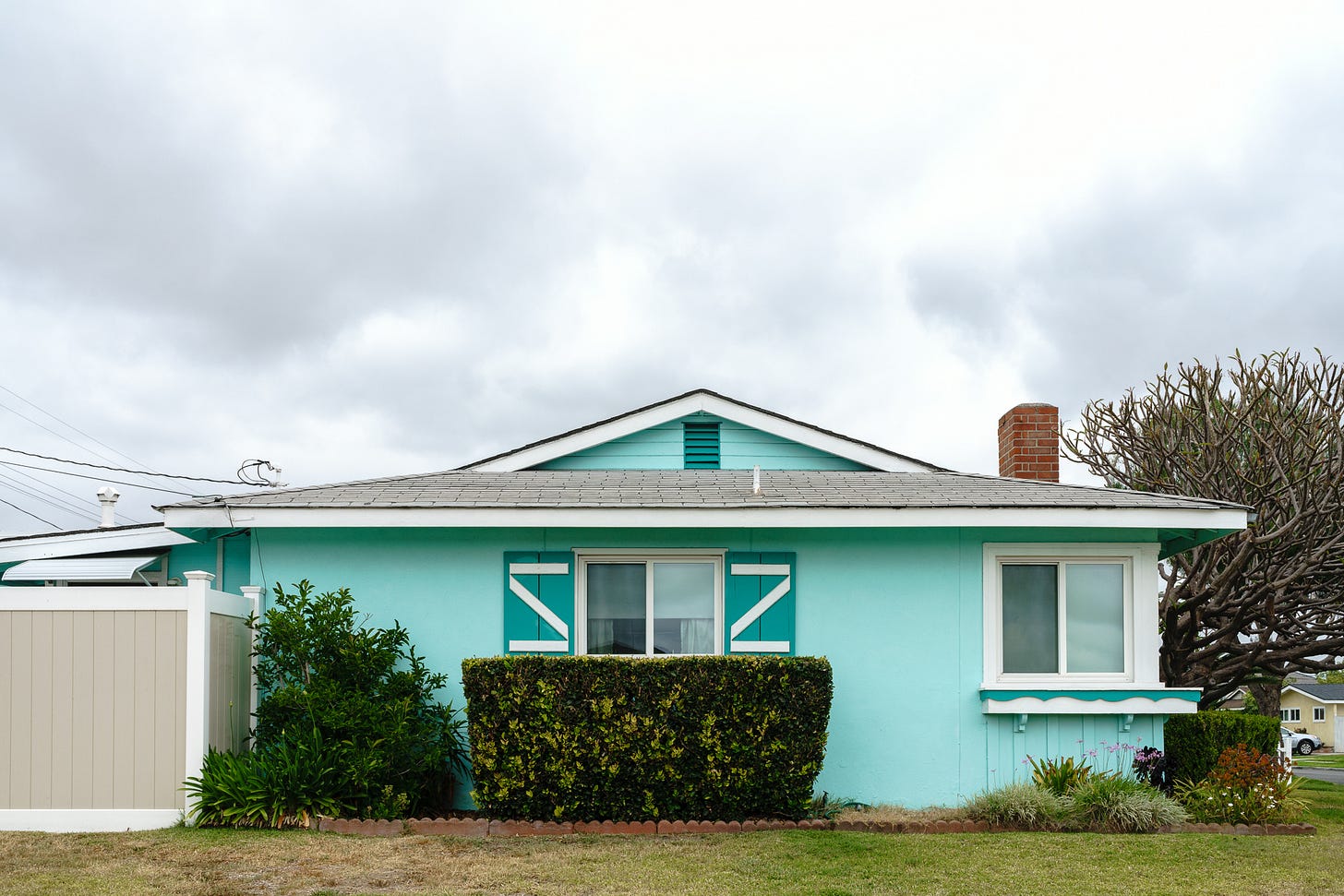
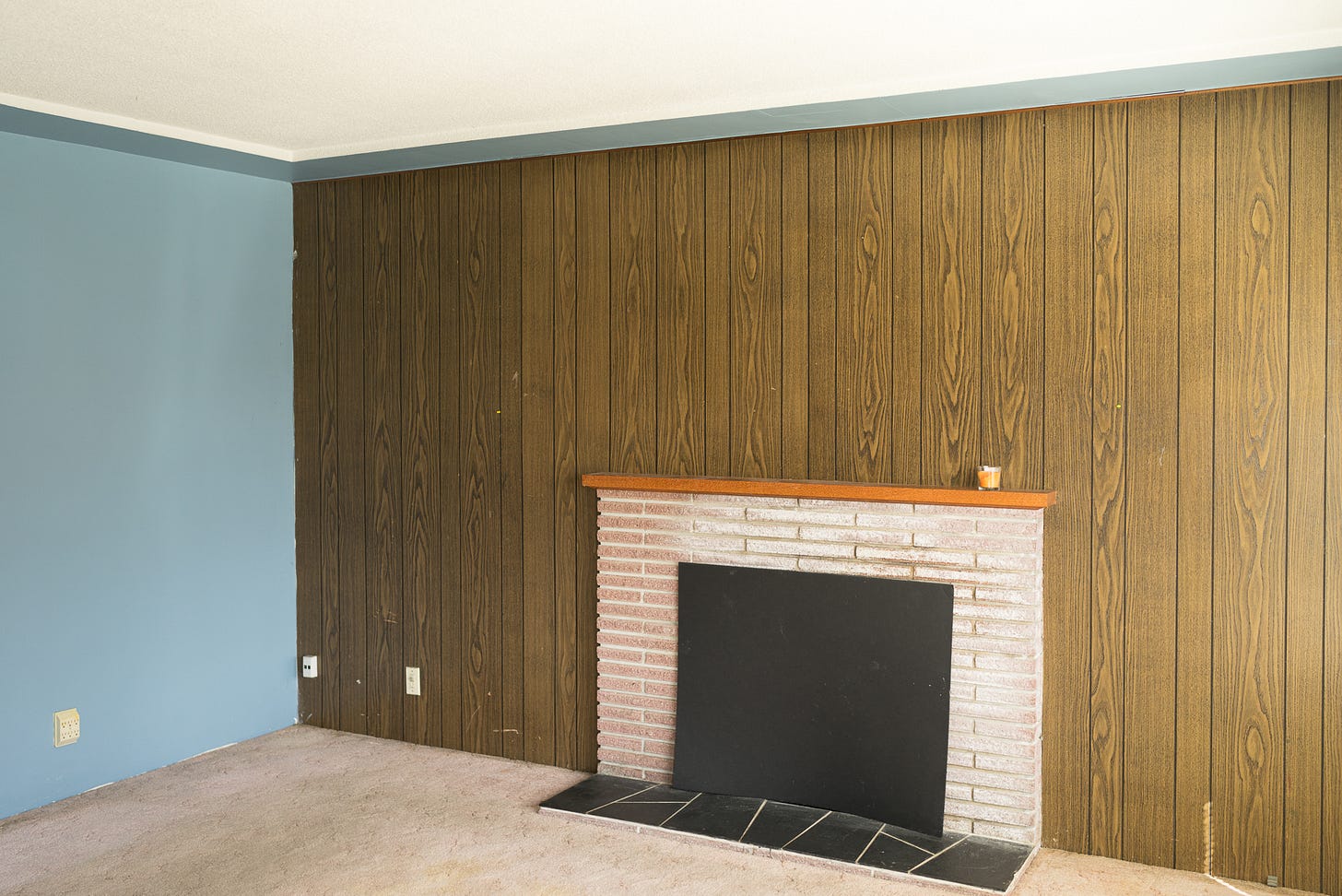
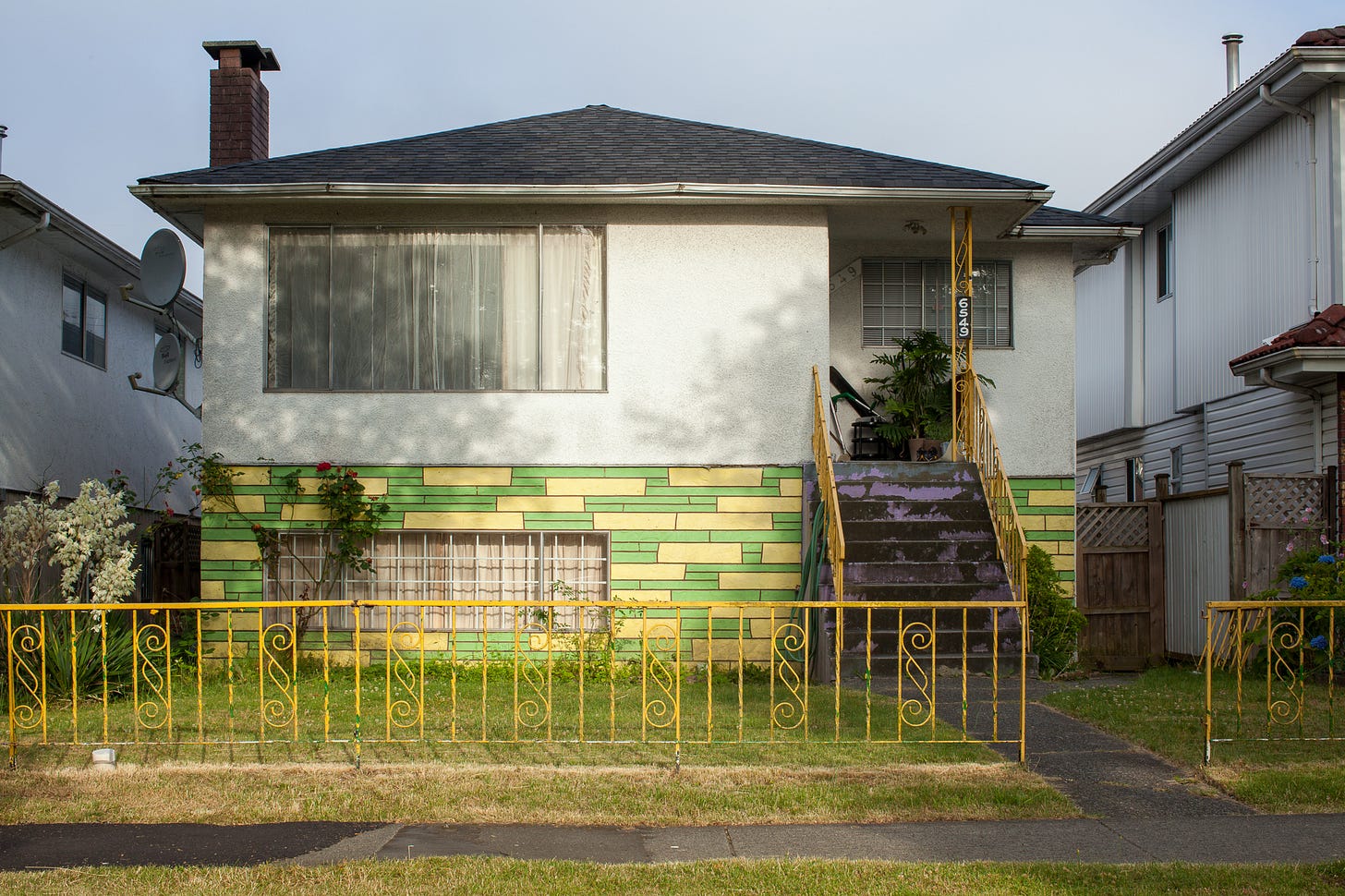
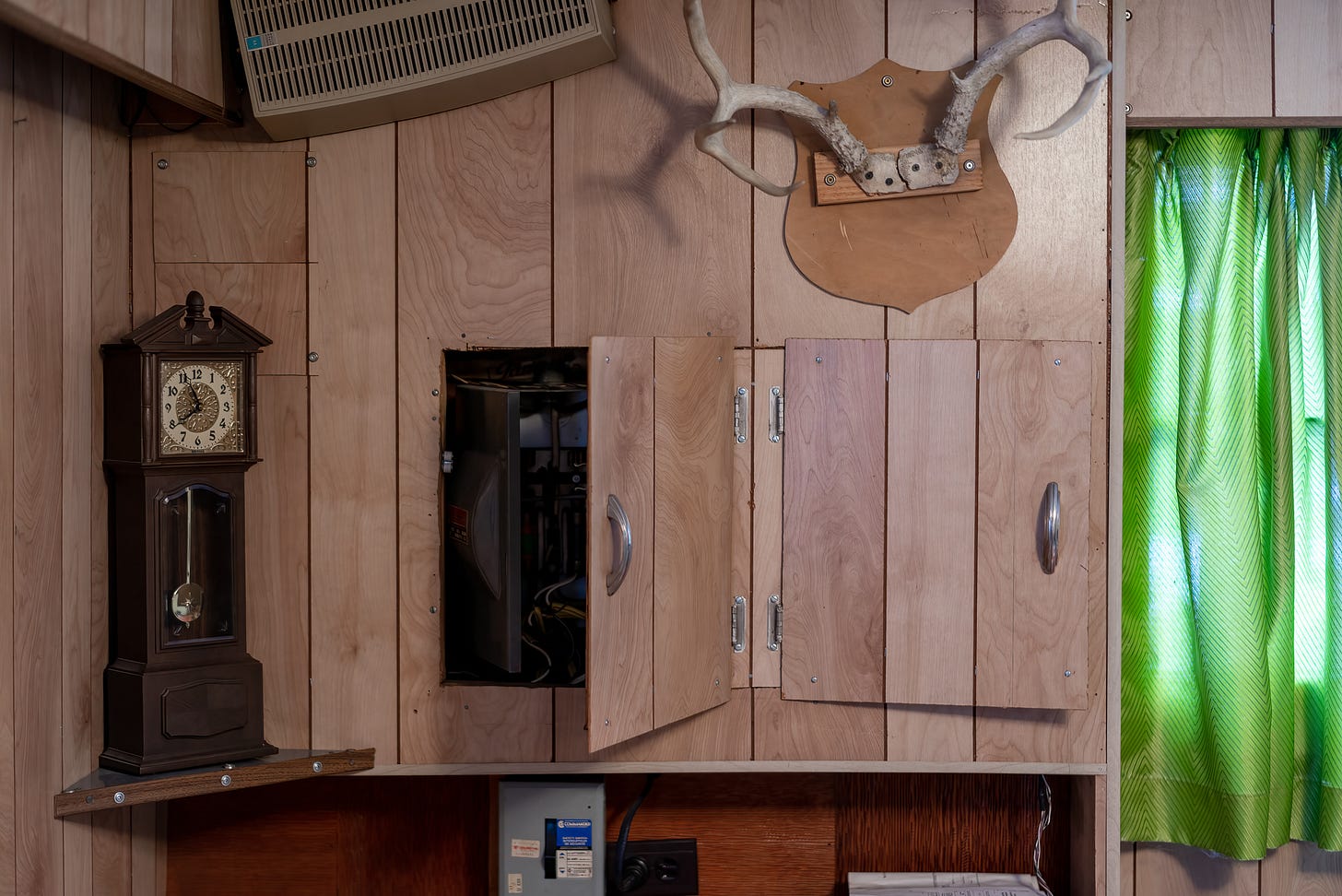
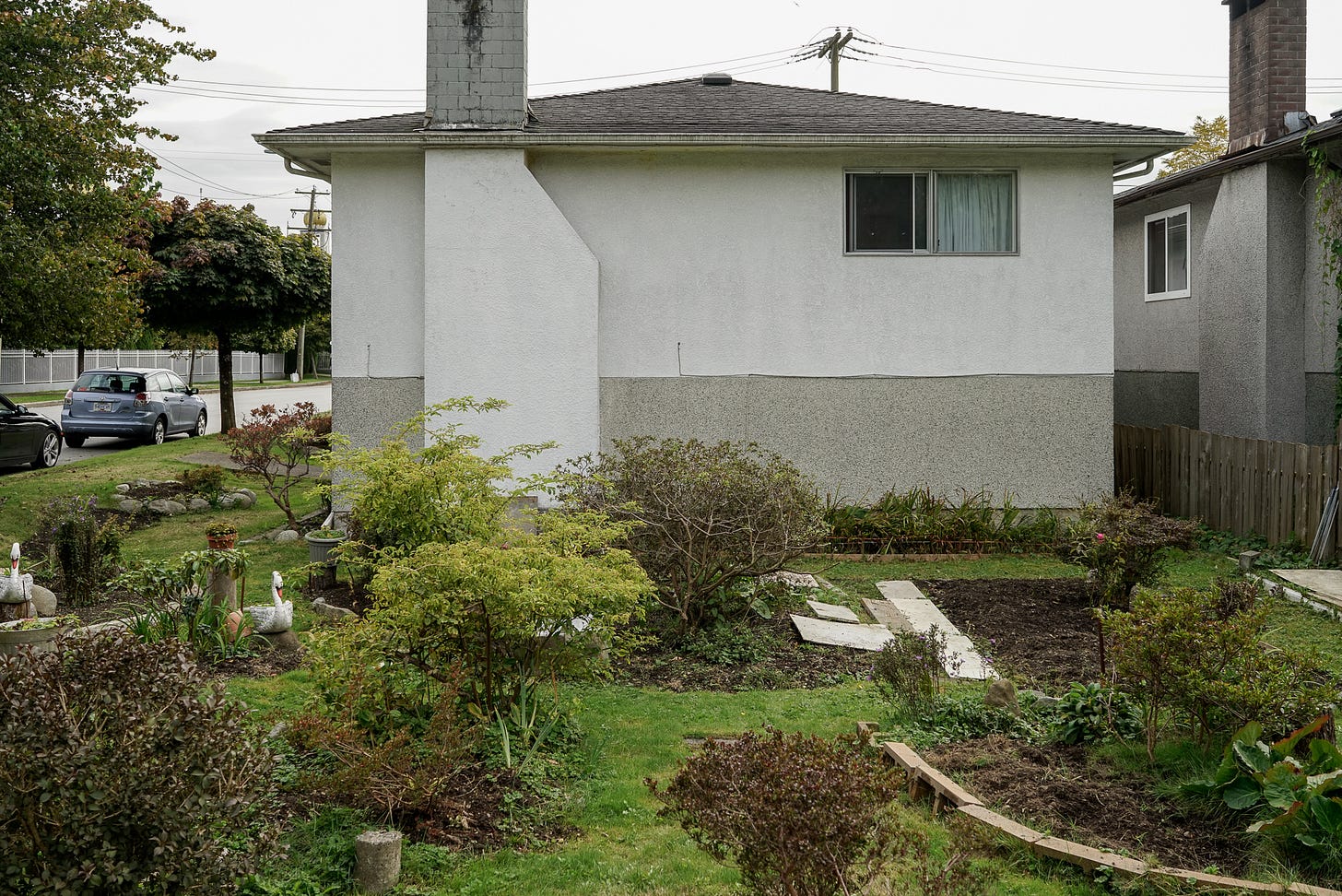
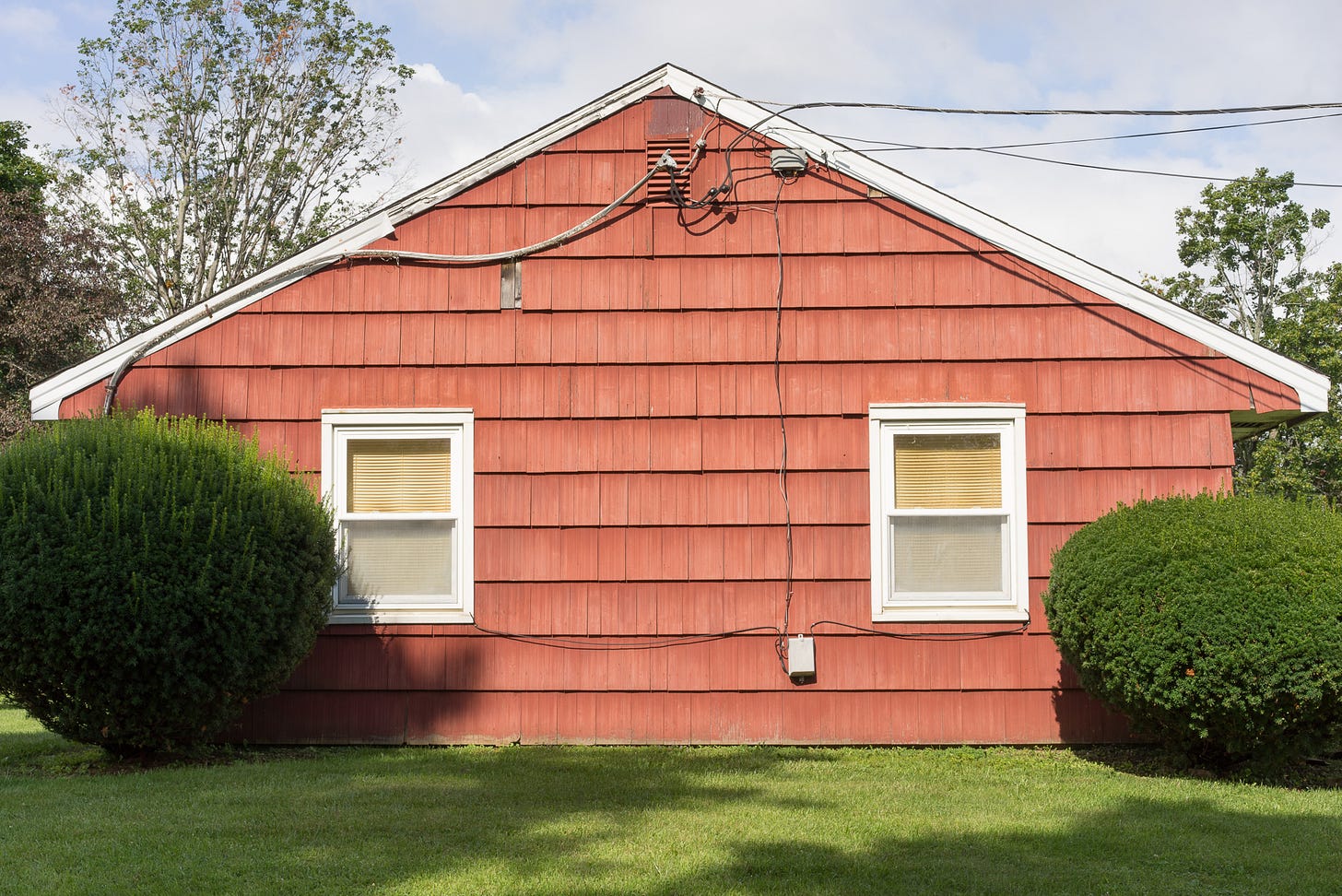
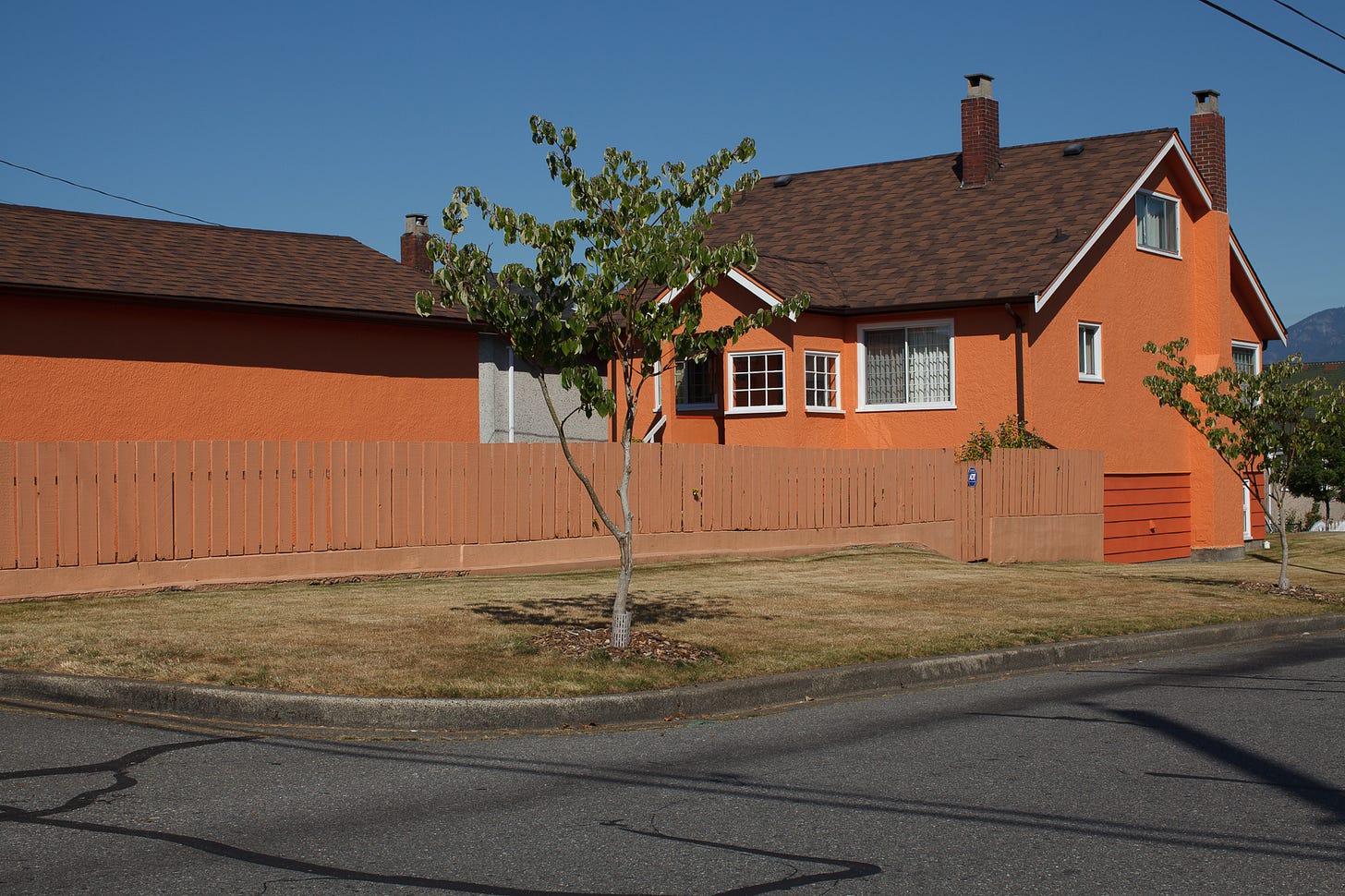
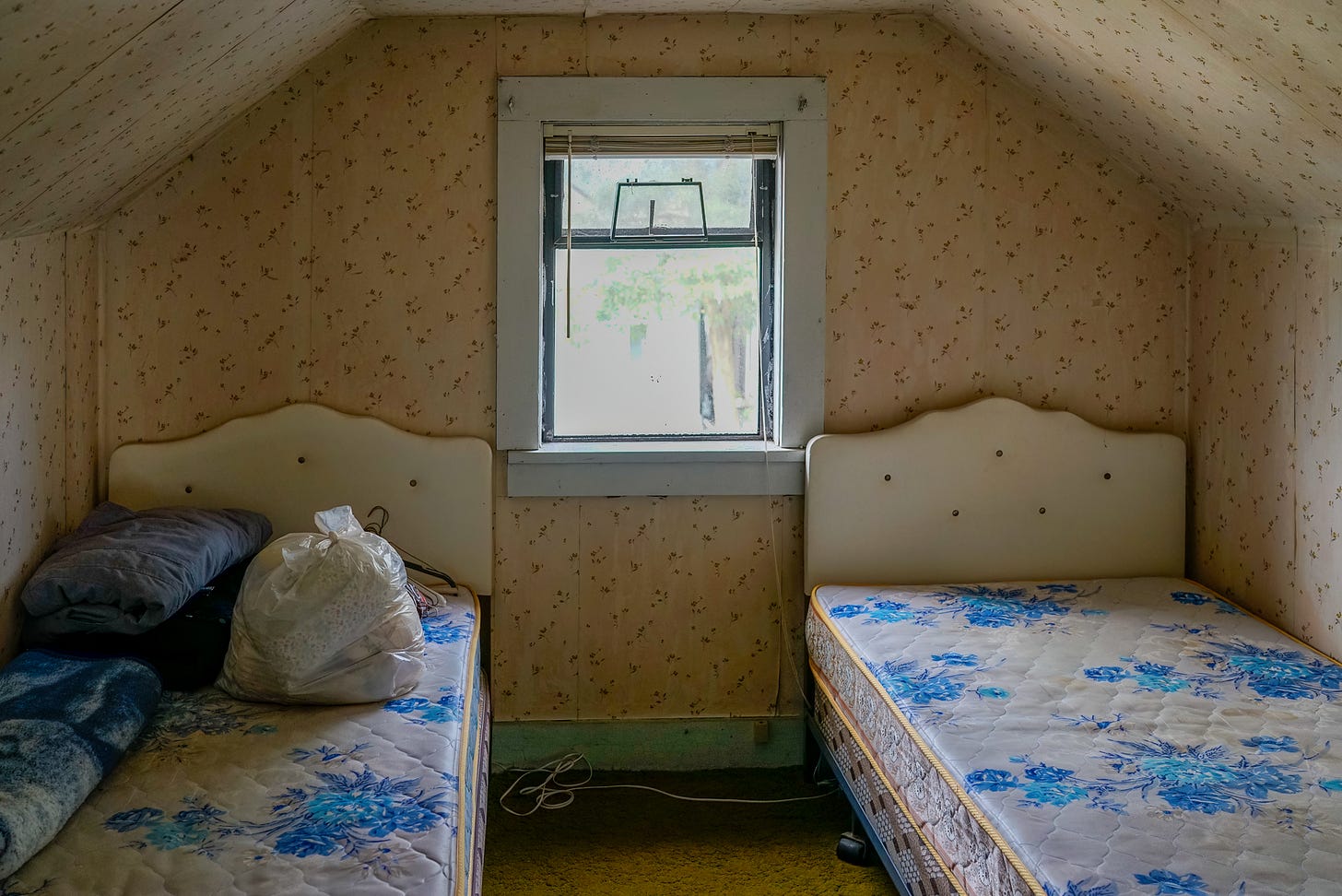
At the original show the csatalogue said these images were... “neutral and reduced to an essentially topographic state, conveying substantial amounts of visual information but eschewing entirely the aspects of beauty, emotion, and opinion… and wondered: was it possible to make pictures without style? The exhibition’s photographers all engaged with this question and pursued it through a variety of means.”
Interesting article. I started taking pictures of the Canadian urban landscape, not realizing this was a thing until I came across Mark Power and his work Good Morning, America. I am now fully aware of New Topographic photography as it is very popular. I will state that many of the artists taking these images seem to all post process the images in a similar way, which takes away from any personal 'style'. Also, you mentioned - “Anyone trying to take such photos ought to be able to answer ‘why did you take that photo?’” - Have you yourself answered that?